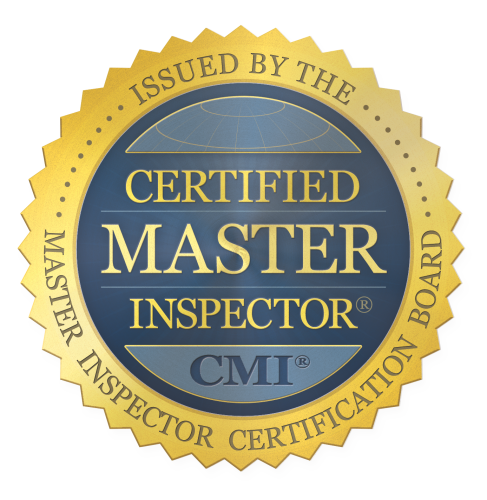Suffocating A House With Improper Roof Venting
One thing that is easily visible on pre-drywall inspections is attic ventilation. What you don't want to see is suffocation - when attic venting is blocked.
Over the years attic ventilation has changed, and even improved. In fact, there is even a theory out there that subscribes to NO attic venting, based on the kinds of materials used to insulate the attic. But that is another story.
 One of the most effective forms of attic ventilation is called soffit and ridge venting.
One of the most effective forms of attic ventilation is called soffit and ridge venting.
Intakes are provided for air to get into the attic space from the soffits under the gutters.
Another long, continuous vent is cut out of the ridge of the roof, and covered to prevent moisture,insects and animals from getting inside.
As air enters the soffit vent and warms it rises and convection draws it toward the top of the roof, for eventual discharge.
The idea is to try to balance the amount of air coming in and going out.
It is a passive system, but effective because it is pure physics.
IF PROPERLY INSTALLED A SOFFIT AND RIDGE VENTILATION SYSTEM WILL NEVER FAIL.
When insulation is rolled or blown into the attic, it is important that it go to the very edge of the conditioned space below so a proper thermal barrier is provided. To accomplish that baffles are installed, of cardboard or styrofoam, so that insulation can go right to the edge and yet air can get inside.
In this house cardboard baffles were being used.
They are fine. They are stapled along the bottom at the top plat and on the sides against the truss rafter.
Ideally a 2" gap is left between the cardboard and the roof sheathing. This gap allows enough air to get inside. Each opening between the truss rafters gets the same baffle installation.
In this house I noticed that the baffles were stapled such that no gap was provided between the cardboard and sheathing. The cardboard is touching the sheathing!
No gap, no air, no venting.
This attic would be suffocating for lack of air.
Obviously without air getting in there would be no convection drawing the air out. The attic ventilation system is defeated by the improper installation.
And, looking around, this installer was completely consistent! Every single baffle was so stapled.
This is the builder's "professional" subcontractor who does not understand what the baffle is for or how a soffit and ridge ventilation system works.
THIS IS NOT A PROFESSIONAL INSTALLATION.
My recommendation: pre-drywall inspections are the only time the house is in a skeletal state and everything can be seen easily. I highly recommend them! You never know what might be found, but there is only one way to see it! Do the inspection!

Comments
Post new comment